Part 1 : Tower of Publication
< Chapter 2 > Countries and Regions with Many Translations of Japanese Children's Books
1st place South Korea
 South Korea has actively published books for children. In recent years in particular, its picture books have drawn much attention worldwide, and have enjoyed high public popularity. Meanwhile, overseas well-selling children’s books have also been introduced to the country, and Japanese children’s books have been translated into Korean in rapid succession.
South Korea has actively published books for children. In recent years in particular, its picture books have drawn much attention worldwide, and have enjoyed high public popularity. Meanwhile, overseas well-selling children’s books have also been introduced to the country, and Japanese children’s books have been translated into Korean in rapid succession.
Picture Books
The most popular Japanese children’s books translated and published in South Korea is “Otsukisama konbanwa” (No.28) written by Akiko Hayashi. There are many other widely enjoyed books, including “Hajimete no otsukai” (No.29).
One of most popular Japanese authors of children’s books is Taro Gomi. His many works have been translated in South Korea and are loved by its people. In particular, “Wanisan doki haishasan doki” (No.30) has been widely read in the country.
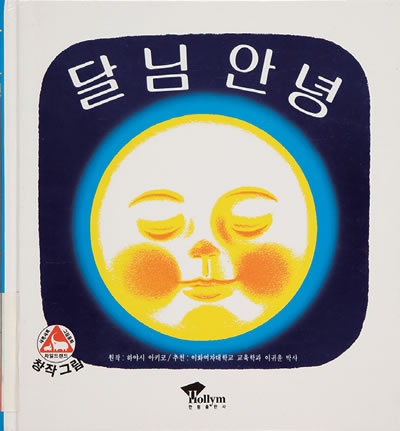
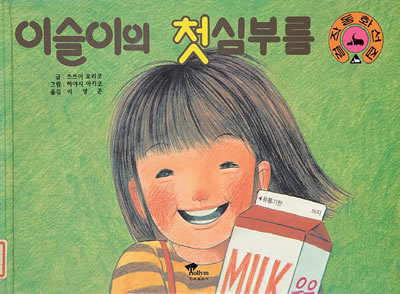

Seizo Tashima is a Japanese author who enjoys great influence in South Korea. Although very few of his works have been introduced to Western countries, he has enjoyed popularity in South Korea because of his simple and earthy writing style. Among his works, the most famous is “Tobe batta” (No.31).
“Ringo ga dosun” by Hiroshi Tada has been a long seller since its publication in South Korea. This book is also available in small board book size (No.33).
Shinta Cho is another popular Japanese author in South Korea, although he does not have many publications. Recently, his nonsense books, such as “Kyabetsu-kun” and sensuous picture books like “Doon!” (No.35) have also received wide acceptance.

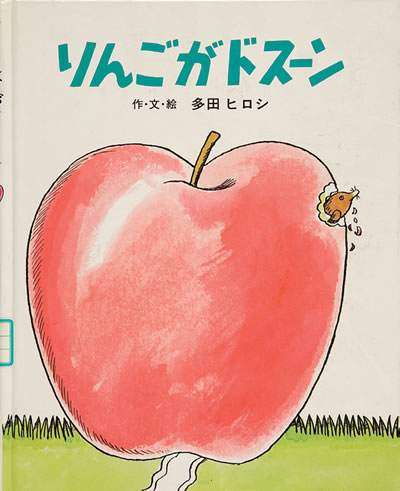

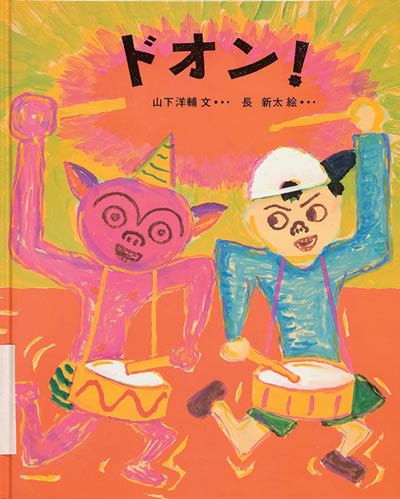
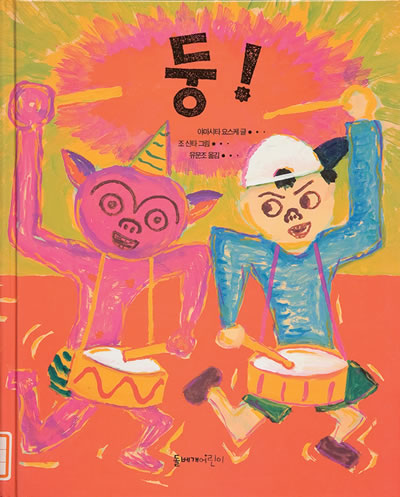
Literature
Despite the recent boom in fantasy books, stories other than fantasy fictions remain very popular in South Korea. Among translated Japanese children’s books, works dealing with liberal education have become well known. They include “Madogiwa no Totto-chan” (No.36) written by Tetsuko Kuroyanagi, and “Usagi no me” and other works by Kenjiro Haitani.
Other Japanese books popular among South Korean children are heartwarming and educational literary works, including “Ippai no kakesoba” (No.37) and “Oshin,” which were not originally intended for children. They have been available in comic book versions or in versions designed for children.
“Boku no oneesan” (No.38) has attracted attention and been widely read in South Korea, partly because of deep and widespread domestic concern about welfare since the mid-1990s. Kenji Miyazawa is one of the most popular Japanese authors among both children and adults in the country, and some bookstores have a special section for him.
Nonfiction
In the nonfiction category, many Japanese natural science books have been translated in South Korea. They are often released to the public in serial form. For example, a monthly science picture book series has been published as a monthly series in South Korea as well.
For nonfiction works other than natural science, not many Japanese works have been translated and published in the country.



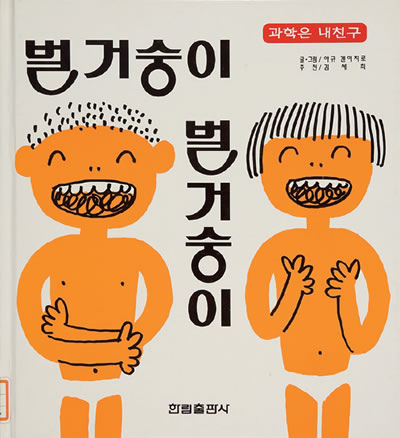

For copyright reasons, images of some books are not available in this electronic exhibition.
- TOP
- Part 1 Tower of Publication
- Countries and Regions with Many Translations of Japanese Children's Books (1st place South Korea)

